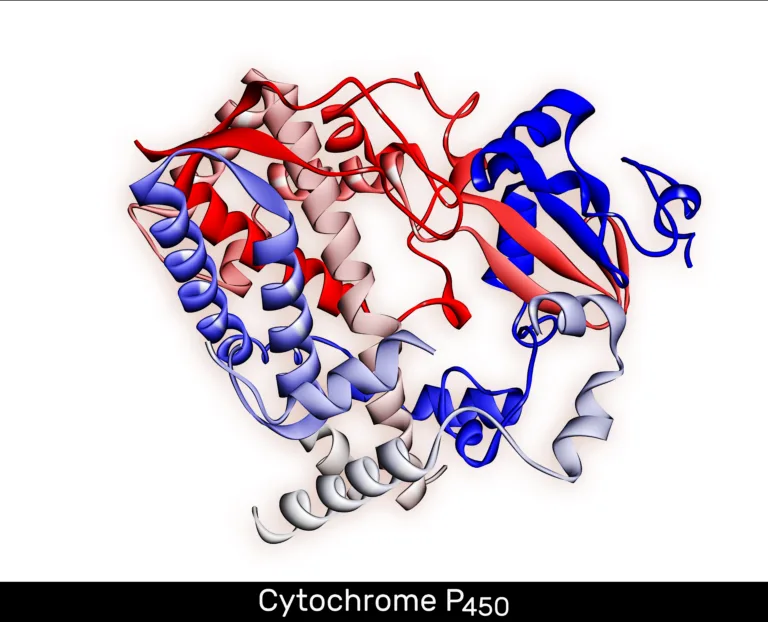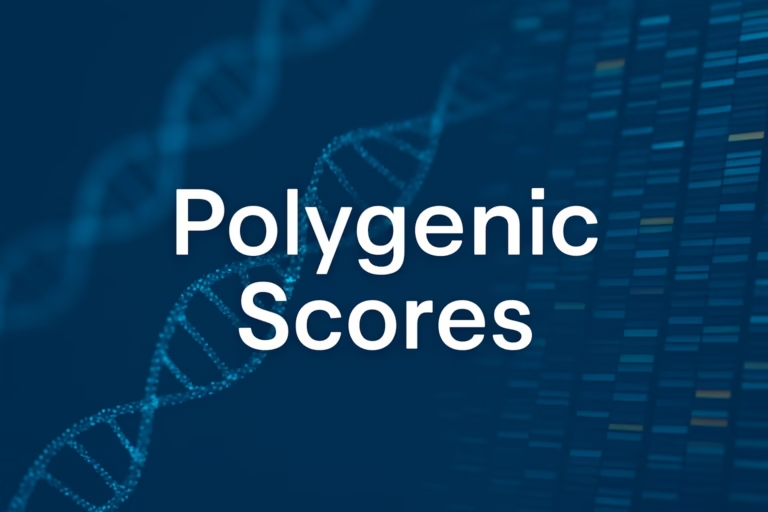“We need to do better. As we know, adverse drug reactions are the fourth leading cause of death in the United States. So, how are healthcare providers addressing this challenge in their daily practice? Unfortunately, many providers may not yet know how to effectively act on PGx test results.” – Dr. Maria Pashayan
With more than two decades of teaching and clinical experience, Dr. Maria Pashayan has been a pioneer in advancing pharmacogenomics in Armenia and beyond. From introducing pharmaceutical biotechnology into the classroom to spearheading clinical PGx projects in cardiology, she has worked tirelessly to raise awareness and promote the use of genetic testing in clinical workflows.
APGxA spoke with Dr. Pashayan about her professional journey, the real-world impact of PGx, and her vision for expanding pharmacogenomics implementation globally.
APGxA: Let’s start with your journey. What first sparked your interest in pharmacogenomics, and how did your career path lead you to your current role at the Center of Medical Genetics?
Dr. Pashayan: I have over 23 years of teaching experience at a state medical university, where I was the first to introduce a course on pharmaceutical biotechnology. My interest in biotechnology, genetic engineering, and targeted therapy led me to pharmacogenetics. I truly fell in love with this field and began studying international protocols independently. I familiarized myself with resources such as CPIC, PharmGKB, and other key databases.
Unfortunately, at that time, there were no formal educational programs in pharmacogenetics in our country, so I had to gather information from various available sources. Later, I was fortunate to join a genetics center, where I was personally welcomed by the company president, who offered me a position. It was there that I began developing the pharmacogenetics program. I was one of the first to actively spread awareness and educate physicians about the importance of genetic testing for effective treatment.
As a clinical pharmacist, I was involved in implementing and promoting pharmacogenetic testing in clinical practice. I worked closely with doctors and clinic directors, gave presentations in hospitals, and provided guidance to medical staff, patients, and physicians on how to interpret genetic test results.
APGxA: What are the most common misconceptions you encounter when introducing PGx testing into clinical workflows—and how do you address them?
Dr. Pashayan: Unfortunately, because this field is still very new in Armenia, only a limited number of tests are currently performed, which has somewhat constrained my practical work. Nevertheless, I have developed a strong theoretical foundation in pharmacogenetics and personalized medicine.
Many healthcare providers still do not fully understand how to act on PGx results. This creates hesitation in using the tests effectively. Education is key. A team-based approach, combined with clinical decision support tools, can help bridge this gap. Ideally, PGx results should be integrated into electronic health records and used dynamically throughout a patient’s care.
Pharmacogenetic testing is also becoming more affordable and accessible. Doctors need to understand that PGx testing should be used routinely, alongside patient characteristics such as age, weight, liver and kidney function, lifestyle, and concurrent medications. When applied this way, it significantly increases the likelihood of safe and effective treatment.
APGxA: Can you share one real-world example where pharmacogenomic testing changed a patient’s treatment path at your center?
Dr. Pashayan: We achieved significant results in cardiology, particularly in cardiogenetics, which marked the beginning of my professional journey. Together with leading cardiologists, we launched a large-scale project focused on pharmacogenetic testing for the administration of drugs such as clopidogrel, warfarin, and statins.
Over eight months, we gathered a substantial body of evidence confirming the effectiveness of pharmacogenetic testing. Based on this data, physicians adjusted treatment plans and medication dosages, which significantly reduced the risk of serious side effects and improved clinical outcomes for patients.
Currently, I am preparing a scientific publication based on our findings, and our cardiologist colleagues will present the results at the annual conference of the Cardiology Association.
APGxA: What gaps still exist in PGx education for healthcare providers, and what strategies have worked for you when training physicians or pharmacists?
Dr. Pashayan: One of the main gaps is the lack of structured, formal education in pharmacogenomics. When I started, there were no programs available in Armenia, so I had to study international protocols on my own. This lack of accessible education is still a challenge for many clinicians today.
To address this, I have focused on direct engagement. I gave presentations in hospitals, met with clinic directors, and provided one-on-one guidance to physicians on how to interpret PGx results. This approach built trust and gradually increased acceptance. But more systematic training programs are needed to prepare the next generation of healthcare professionals.
APGxA: Looking ahead, what do you believe is the biggest opportunity for expanding PGx implementation across Eastern Europe or globally?
Dr. Pashayan: The greatest opportunity lies in making PGx a routine part of clinical care rather than an optional add-on. Integration into electronic health records, the wider use of clinical decision support systems, and continued education will be essential.
Globally, collaboration is also critical. Being a member of the American Pharmacogenomics Association allows me to communicate with experts from around the world, stay updated on the latest research, and exchange best practices. This international network is invaluable for expanding PGx implementation, particularly in regions like Eastern Europe where the field is still developing.
Conclusion
Dr. Maria Pashayan’s journey illustrates both the promise and the challenges of pharmacogenomics in emerging regions. From pioneering biotechnology education in Armenia to leading real-world PGx projects in cardiology, she has consistently pushed boundaries despite limited resources.
Her message is clear: education, integration, and collaboration are the keys to broader adoption. By training physicians, embedding PGx into clinical systems, and building international networks, the field can move from theory to daily practice.
As she relocates to the United States to continue her professional journey, Dr. Pashayan remains committed to advancing pharmacogenomics as a global movement. Her vision is one where patients everywhere—regardless of geography—can benefit from safer, more effective, and truly personalized care.





